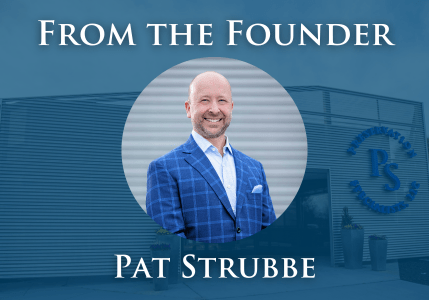From The Founder: Wall Street’s Never-Ending Search for More Profits

We talk frequently about how we are proud to be an independent firm that puts our clients first. The reason this matters so much to us is because there are so many ways that companies seek to profit from you in the world of finance.
Even with that in mind, I recently found myself floored by yet another example of Wall Street greed. In Jason Zweig’s January 17th Wall Street Journal article titled, What You Don’t Know Could Sting Your Portfolio, he provides the gory details.
He tells of an advisor who manages $900 million for his clients and holds these funds at Fidelity. His firm is structured to have a fiduciary relationship with its clients and, therefore, must seek to always act in their client’s best interests.
However, late last year, a representative from Fidelity sent this advisor an email explaining that his advisory firm needed to generate an additional $90,000 a year of revenue for Fidelity. The email included seven different options the advisor could use to accomplish Fidelity’s goal.
Many of these options were shifting savings or investments. For example, the advisor could move millions of client dollars out of high-yielding money market funds and shift them into a Fidelity fund with a much lower interest rate. In other words, Fidelity wanted him to earn less money for his clients so Fidelity could earn more.
We talk frequently about how we are proud to be an independent firm that puts our clients first. The reason this matters so much to us is because there are so many ways that companies seek to profit from you in the world of finance.
Even with that in mind, I recently found myself floored by yet another example of Wall Street greed. In Jason Zweig’s January 17th Wall Street Journal article titled, What You Don’t Know Could Sting Your Portfolio, he provides the gory details.
He tells of an advisor who manages $900 million for his clients and holds these funds at Fidelity. His firm is structured to have a fiduciary relationship with its clients and, therefore, must seek to always act in their client’s best interests.
However, late last year, a representative from Fidelity sent this advisor an email explaining that his advisory firm needed to generate an additional $90,000 a year of revenue for Fidelity. The email included seven different options the advisor could use to accomplish Fidelity’s goal.
Many of these options were shifting savings or investments. For example, the advisor could move millions of client dollars out of high-yielding money market funds and shift them into a Fidelity fund with a much lower interest rate. In other words, Fidelity wanted him to earn less money for his clients so Fidelity could earn more.
Ready to Take The Next Step?
For more information about any of the products and services listed here, schedule a meeting today or register to attend a seminar.